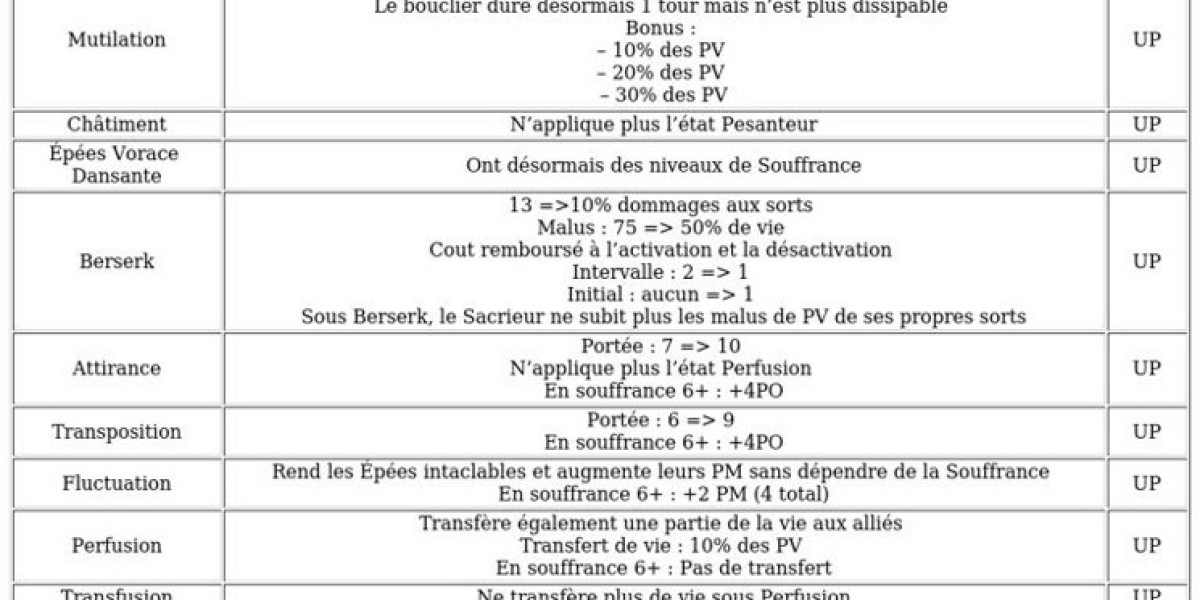The obstacle positioned to America by China's DeepSeek expert system (AI) system is extensive, bring into question the US' total technique to confronting China. DeepSeek offers innovative solutions beginning with an initial position of weakness.

America believed that by monopolizing the usage and advancement of advanced microchips, it would permanently cripple China's technological development. In truth, it did not occur. The innovative and resourceful Chinese discovered engineering workarounds to bypass American barriers.

It set a precedent and something to think about. It might happen each time with any future American innovation; we shall see why. That said, American technology stays the icebreaker, the force that opens brand-new frontiers and horizons.
Impossible direct competitions
The issue lies in the terms of the technological "race." If the competition is simply a linear game of technological catch-up in between the US and China, the Chinese-with their ingenuity and huge resources- may hold a practically insurmountable advantage.
For example, China churns out 4 million engineering graduates every year, nearly more than the remainder of the world integrated, and has an enormous, semi-planned economy capable of focusing resources on concern objectives in ways America can hardly match.
Beijing has countless engineers and billions to invest without the immediate pressure for financial returns (unlike US business, which deal with market-driven obligations and expectations). Thus, China will likely constantly catch up to and surpass the latest American innovations. It might close the space on every innovation the US introduces.
Beijing does not need to search the globe for breakthroughs or conserve resources in its quest for innovation. All the speculative work and monetary waste have actually already been carried out in America.
The Chinese can observe what operate in the US and put cash and top talent into targeted jobs, wagering reasonably on marginal improvements. Chinese resourcefulness will manage the rest-even without thinking about possible commercial espionage.
Latest stories
Trump's meme coin is a boldfaced money grab
Fretful of Trump, Philippines drifts rocket compromise with China
Trump, Putin and Xi as co-architects of brave brand-new multipolar world
Meanwhile, America may continue to leader new advancements but China will constantly catch up. The US may complain, "Our technology is superior" (for whatever factor), but the price-performance ratio of Chinese items might keep winning market share. It might hence squeeze US companies out of the marketplace and America could discover itself increasingly having a hard time to contend, even to the point of losing.
It is not an enjoyable circumstance, one that might only alter through extreme steps by either side. There is already a "more bang for the buck" dynamic in direct terms-similar to what bankrupted the USSR in the 1980s. Today, however, the US dangers being cornered into the same challenging position the USSR when faced.
In this context, easy technological "delinking" might not be enough. It does not suggest the US needs to desert delinking policies, but something more detailed may be needed.
Failed tech detachment
In other words, the model of pure and simple technological detachment may not work. China postures a more holistic challenge to America and the West. There should be a 360-degree, articulated technique by the US and its allies towards the world-one that incorporates China under specific conditions.
If America is successful in crafting such a technique, we might visualize a medium-to-long-term structure to prevent the danger of another world war.
China has actually improved the Japanese kaizen model of incremental, minimal improvements to existing technologies. Through kaizen in the 1980s, Japan hoped to surpass America. It failed due to flawed industrial choices and Japan's rigid advancement model. But with China, the story might vary.
China is not Japan. It is bigger (with a population four times that of the US, whereas Japan's was one-third of America's) and more closed. The Japanese yen was totally convertible (though kept synthetically low by Tokyo's reserve bank's intervention) while China's present RMB is not.
Yet the historic parallels are striking: both Japan in the 1980s and China today have GDPs approximately two-thirds of America's. Moreover, Japan was an US military ally and an open society, while now China is neither.
For the US, a various effort is now needed. It must construct integrated alliances to broaden international markets and strategic spaces-the battleground of US-China rivalry. Unlike Japan 40 years earlier, China comprehends the importance of worldwide and multilateral spaces. Beijing is trying to transform BRICS into its own alliance.
While it struggles with it for numerous reasons and having an option to the US dollar global role is unrealistic, Beijing's newfound global focus-compared to its past and Japan's experience-cannot be overlooked.
The US should propose a brand-new, integrated advancement design that broadens the market and personnel pool aligned with America. It should deepen integration with allied nations to create a space "outdoors" China-not always hostile however distinct, permeable to China just if it adheres to clear, unambiguous guidelines.
This expanded space would amplify American power in a broad sense, strengthen international solidarity around the US and balanced out America's market and personnel imbalances.
It would improve the inputs of human and monetary resources in the current technological race, therefore affecting its supreme outcome.
Sign up for one of our totally free newsletters
- The Daily Report Start your day right with Asia Times' leading stories
- AT Weekly Report A weekly roundup of Asia Times' most-read stories
Bismarck motivation

For China, there is another historical precedent -Wilhelmine Germany, created by Bismarck, in the late 19th and early 20th centuries. Back then, Germany mimicked Britain, surpassed it, and turned "Made in Germany" from a mark of pity into a sign of quality.
Germany became more educated, complimentary, tolerant, democratic-and likewise more aggressive than Britain. China could choose this path without the aggressiveness that caused Wilhelmine Germany's defeat.
Will it? Is Beijing all set to end up being more open and tolerant than the US? In theory, this might enable China to surpass America as a technological icebreaker. However, such a design clashes with China's historical tradition. The Chinese empire has a custom of "conformity" that it struggles to escape.
For the US, the puzzle is: can it unite allies better without alienating them? In theory, this path aligns with America's strengths, however covert difficulties exist. The American empire today feels betrayed by the world, especially Europe, and reopening ties under brand-new rules is complicated. Yet an innovative president like Donald Trump may want to try it. Will he?
The path to peace needs that either the US, China or both reform in this direction. If the US unites the world around itself, China would be isolated, dry up and bphomesteading.com turn inward, stopping to be a danger without devastating war. If China opens and equalizes, prawattasao.awardspace.info a core factor for the US-China conflict liquifies.
If both reform, a brand-new worldwide order could emerge through settlement.
This post first appeared on Appia Institute and is republished with authorization. Read the original here.

Sign up here to comment on Asia Times stories
Thank you for registering!
An account was currently registered with this email. Please check your inbox for an authentication link.








